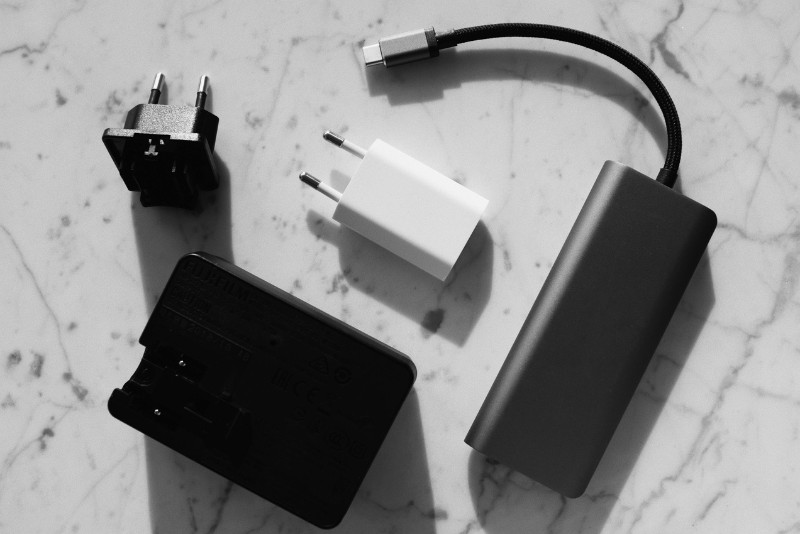Travelling to Taiwan? Don’t let your phone or laptop run out of battery at the worst moment. To have some basic knowledge of the electrical plug, outlet, voltage and adapter situation in Taiwan is one of those practical travel details that can save you from frustration — or worse, damaging your equipment. In this guide we’ll walk you through everything you need: the plug types used in Taiwan, the voltage and frequency standard, whether you need adapters or converters, as well as handy travel‑tips to keep you powered up. Whether you’re visiting for a weekend in Taipei or backpacking across the island, this article will help you plug in safely and smartly.
Understanding Taiwan Electrical Plug / Outlet Standards
Before you pack your electronics, it’s crucial to know the electrical setup of your destination. Taiwan’s system is both reliable and traveler-friendly, but voltage compatibility varies depending on where you’re coming from.
Plug Types Used in Taiwan
Taiwan uses Type A and Type B electrical outlets:
- Type A Plug: Two flat parallel blades (ungrounded) — the most common in homes, hotels, and cafés.
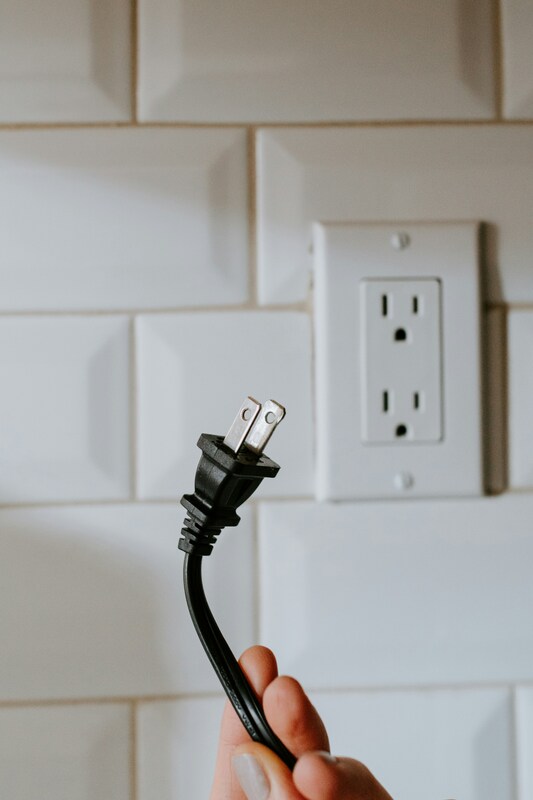
Source: Unsplash|Kelly Sikkema
- Type B Plug: Two flat parallel blades with a round grounding pin — mainly used in newer buildings for extra safety.
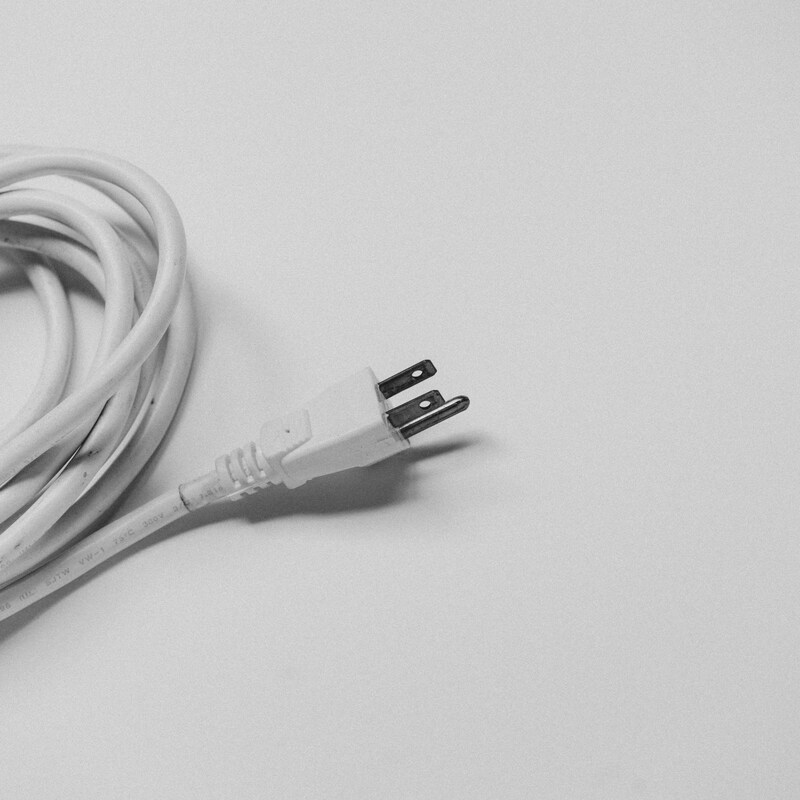
Source: Unsplash|Kier in Sight Archives
If your device’s plug matches either of these, you can plug in directly. Travelers from Japan and North America are in luck since their devices are natively compatible.
For European, UK, and Australian visitors, bring a Type A/B adapter. Universal adapters are recommended because they cover multiple electric plug styles and often include USB ports for direct charging.
Voltage and Frequency Information
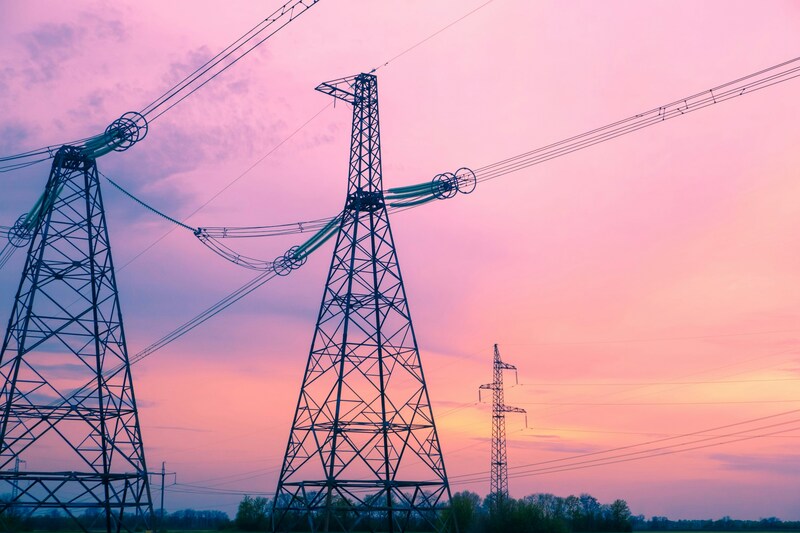
Source: Unsplash|Evgeniy Alyoshin
Taiwan’s electrical system operates on:
- Voltage: 110 volts
- Frequency: 60 Hz
This matches the standard in the United States, Canada and Japan, but differs from Europe, Australia and most of Asia, which use 220–240 volts at 50 Hz.
If your appliance is not dual-voltage (100–240V), plugging it directly into a 110V socket could cause underperformance or permanent damage. Always check your device’s label—if it reads “Input: 100–240V,” you’re safe to use it without a converter.
Common dual-voltage items include:
- Smartphones and tablets
- Laptops and power banks
- Camera chargers and travel shavers
However, single-voltage items like hair dryers or electric kettles often require a voltage converter.
Socket Compatibility Across Taiwan
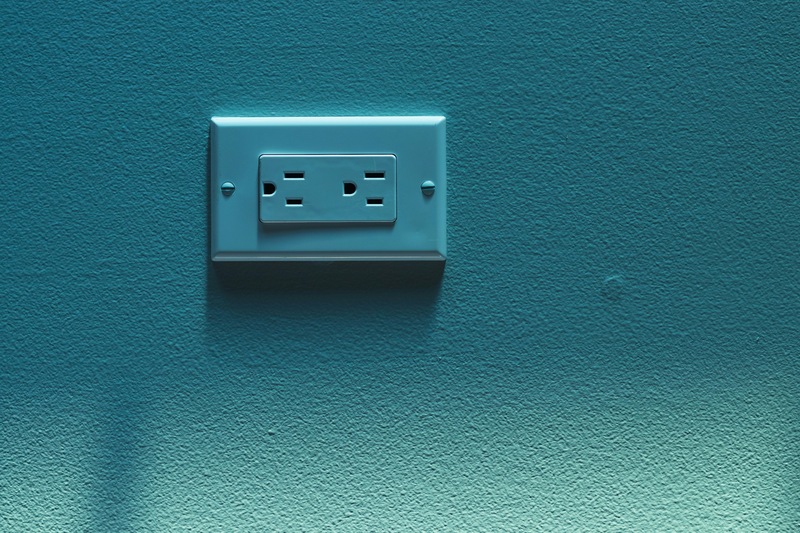
Source: Unsplash|Greg Rosenke
The taiwan socket type and taiwan voltage standards remain consistent nationwide—from northern Taipei to southern Kenting. Even on offshore islands such as Penghu, Kinmen, and Green Island, you’ll find the same 110V Type A/B sockets.
Modern hotels, business centers, and coworking spaces frequently include multi-outlet systems that accept multiple plug types. Budget hostels and traditional inns might have older, looser sockets—use caution when inserting these taiwan plug.
⚡ Plug Types and Voltage Compatibility
| Region / Country |
Plug Type |
Voltage | Frequency | Adapter Needed in Taiwan? |
Converter Needed? |
|---|---|---|---|---|---|
| United States |
Type A/B | 120V | 60Hz | ❌ No | ❌ No |
| Japan | Type A/B | 100V | 50–60Hz | ❌ No | ⚠️ Not for high- wattage appliances |
| United Kingdom |
Type G | 230V | 50Hz | ✅ Yes (Type A/B) |
✅ Yes |
| Germany/ France |
Type C/F | 230V | 50Hz | ✅ Yes (Type A/B) |
✅ Yes |
| Australia | Type I |
230V | 50Hz | ✅ Yes (Type A/B) |
✅ Yes |
| Singapore | Type G | 230V | 50Hz | ✅ Yes (Type A/B) |
✅ Yes |
| South Korea |
Type C/F | 220V | 60Hz | ✅ Yes (Type A/B) |
✅ Yes |
Taiwan Electrical Plug / Outlet Adapter Guide
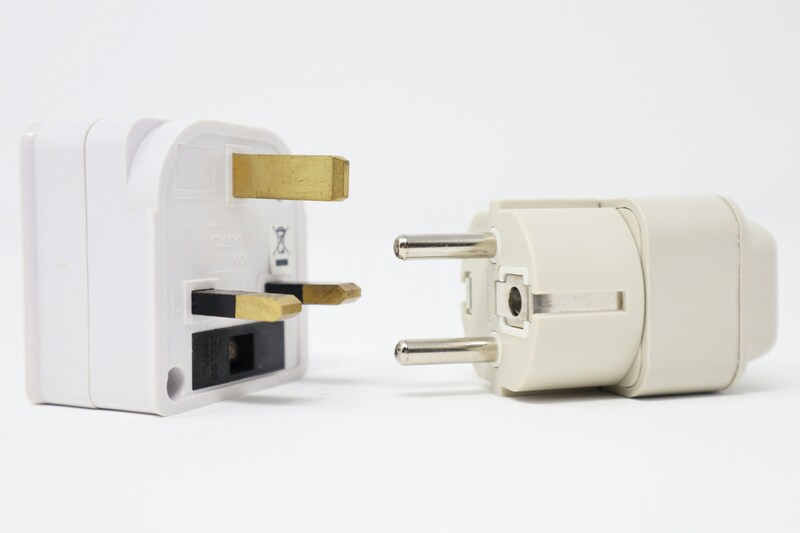
Source: Unsplash|Call Me Fred
If your plug doesn’t match Taiwan’s electrical outlet, a travel adapter will be your best companion. The island’s electrical system is traveler-friendly, but understanding exactly which adapter and converter to bring can save you time, money, and frustration. Whether you’re traveling with a single smartphone or an entire arsenal of devices—camera, laptop, tablet, drone, and Wi-Fi router—it’s important to prepare your power setup before departure.
Do You Need an Adapter in Taiwan?
The need for an adapter depends entirely on your country’s plug type — or more specifically, on the taiwan plug type used locally.
- No adapter required: Travelers from the United States, Japan, and Canada can use their devices directly, since taiwan socket and voltage are almost identical.
- Adapter required: Visitors from Europe (Type C/F), the United Kingdom (Type G), Australia (Type I), Singapore, Thailand, Malaysia, India, and Hong Kong will need an adapter to connect their plugs to Taiwan’s Type A or Type B outlets.
Adapters are small, affordable, and widely available in Taiwan. You can find them at 7-Eleven, FamilyMart, Taoyuan International Airport, and electronics retailers like Tsann Kuen or Sunfar. Prices typically range from NT$150–400 (US$5–12) depending on design and features.
For the best flexibility, invest in a universal travel adapter that supports multiple plug types and includes dual USB or USB-C ports. This way, you can charge several devices simultaneously without needing multiple adapters.
💡 RTR Tip: Always pack two adapters instead of one. Many hotel rooms have outlets placed far apart, and having a spare ensures you won’t be stuck if one stops working.
Adapter vs. Converter — What’s the Difference?
One of the most common sources of confusion among travelers is the difference between adapters and converters. They serve completely different purposes, and using the wrong one can damage your electronics.
- Adapter: Allows your plug to physically fit into Taiwan’s outlet. It does not change the voltage.
- Converter: Changes the electrical voltage (from 220V to 110V or vice versa) so your device receives the correct amount of power.
You’ll need a voltage converter only if your appliance isn’t rated for 110V. These devices are bulkier than adapters but essential for protecting single-voltage devices.
Common single-voltage items include:
- Hair dryers, curling irons, and straighteners
- Electric kettles or rice cookers
- Heating pads or small fans
Common dual-voltage items include:
- Smartphones, laptops, tablets, cameras, and power banks
- Electrical shavers and toothbrushes
You can check your device’s input label—if it says “100–240V, 50/60 Hz,” it’s safe for use in Taiwan with only an adapter.
💡 RTR Tip: If you travel frequently, invest in a travel-sized voltage converter with built-in USB charging ports—it simplifies packing and saves weight.
Recommended Travel Power Accessories
Being well-prepared with the right charging gear can make your travel experience easier. Here’s what our editors at Round Taiwan Round always pack:
- Universal Adapter with USB Ports: Choose a version that includes both USB-A and USB-C outputs. Some models feature fast-charging support.
- Compact Voltage Converter: Ideal for single-voltage appliances. Look for a lightweight converter with overheat and short-circuit protection.
- Surge-Protected Power Strip: Great for families or groups. Taiwan’s voltage is stable, but this adds extra security for expensive electronics.
- Portable Power Bank (10,000–20,000 mAh): Ensures you stay charged while sightseeing or hiking.
- Cable Organizer and Cord Ties: Keeps your cables neat and tangle-free—especially useful for multi-device travelers.
Buying Tip: Choose adapters and converters certified by CE, UL, or FCC standards. Avoid no-name, ultra-cheap options that may overheat or short-circuit.
💡 RTR Tip: Taiwan’s convenience stores sell affordable USB cables and adapters, but if you need specialized plugs (like USB-C PD), you’ll find them at electronics chains or department stores such as Syntrend Creative Park in Taipei.
Taiwan Electrical Plug / Outlet Safety Tips
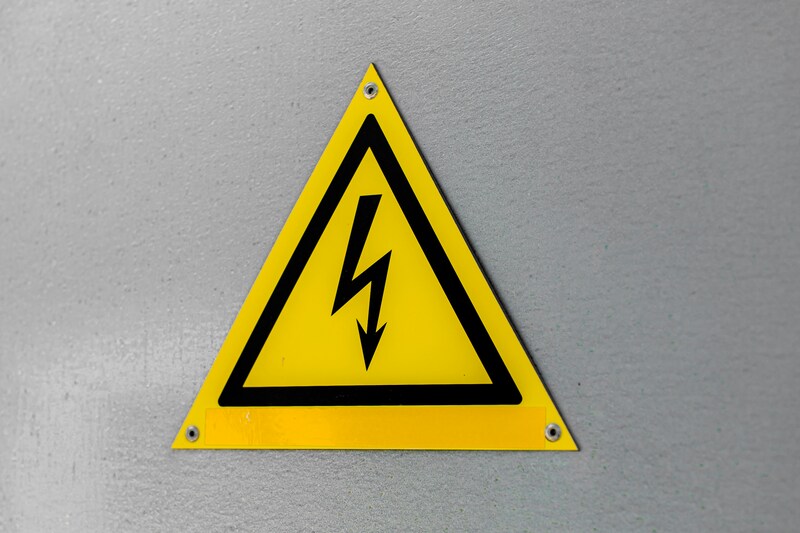
Source: Unsplash|Anastasiya Badun
Taiwan’s modern infrastructure and consistent 110V supply make it a safe country for electrical use, but that doesn’t mean travelers should let their guard down. Following a few simple safety habits ensures both your devices and the local buildings remain in top shape.
Voltage Safety Tips
Before plugging in, always check the input label on your charger or device. It’s usually printed in small text on the plug or adapter block.
👉🏻 If it says:
“INPUT: 100-240V, 50/60 Hz”
your device is dual voltage, and you can safely use it in Taiwan with only a plug adapter.
👉🏻 If it says:
“INPUT: 220-240V, 50 Hz only”
your device is single voltage, and you’ll need a converter to prevent malfunction or overheating.
High-wattage appliances—including hair dryers, irons, and curling wands—draw much more current than low-power devices like laptops or chargers. Using them without a converter may cause them to burn out or trip circuit breakers.
💡 RTR Tip: If you frequently use personal appliances abroad, consider investing in travel-friendly, dual-voltage versions—especially for hair dryers and styling tools. Major brands like Panasonic and Dyson make dual-voltage models specifically for global travelers.
Avoid using cheap adapters or multi-socket power strips without certification, as these can heat up or melt under continuous use. When charging multiple devices, ensure the total wattage doesn’t exceed 1,500W, which is the standard limit for most Taiwanese outlets.
Preventing Power Surges
Although Taiwan’s power grid is stable, brief surges or drops can occur during heavy rain, thunderstorms, or power restoration in rural areas. These spikes are rare but can damage sensitive electronics such as laptops and cameras.
To prevent problems:
- Use a surge protector with voltage regulation.
- Charge valuable devices during stable power hours (early morning or evening).
- Avoid plugging all high-power devices into the same outlet.
- Unplug electronics during major storms if staying in a countryside homestay.
💡 RTR Tip: Some hotels—especially in rural or coastal areas—may experience short outages during typhoon season (July–October). Always charge your power bank and devices overnight, so you’re not left powerless during the day.
Plug and Outlet Maintenance
Taiwan’s building quality is generally high, but if you’re staying in older guesthouses or traditional inns, you may notice loose or slightly worn outlets. These typically function well, but you should handle them with care:
- Insert and remove plugs gently—never force them.
- If an outlet feels unusually hot, stop using it immediately.
- Avoid connecting multiple adapters together (adapter stacking), as this can cause instability.
Hotels and modern co-working spaces in cities such as Taipei, Taichung, and Kaohsiung use newer outlets designed to international safety standards. In boutique hotels, you’ll often see multi-socket outlets that accommodate both flat and round pins.
💡 RTR Tip: If you see sparks or hear a faint buzzing sound when plugging in, inform hotel staff right away—they’re trained to handle maintenance issues quickly. Taiwan’s hospitality industry takes electrical safety seriously, so issues are typically resolved promptly.
Smart Charging Etiquette
Modern travelers often charge multiple devices at once, but this can lead to unintentional risks:
- Avoid daisy-chaining power strips (plugging one into another).
- Never cover charging adapters or power banks with clothing or fabric—they need ventilation.
- When leaving your room or heading out, unplug all devices to prevent overcharging or overheating.
In public cafés or co-working spaces, it’s polite to limit charging time when outlets are shared. Taiwan’s café culture emphasizes courtesy, so freeing outlets for other customers is appreciated.
💡 RTR Tip: If you’re working remotely in Taiwan, bring a multi-port USB hub. It saves outlet space and charges multiple devices efficiently using one wall adapter.
Charging Electronics Around Taiwan
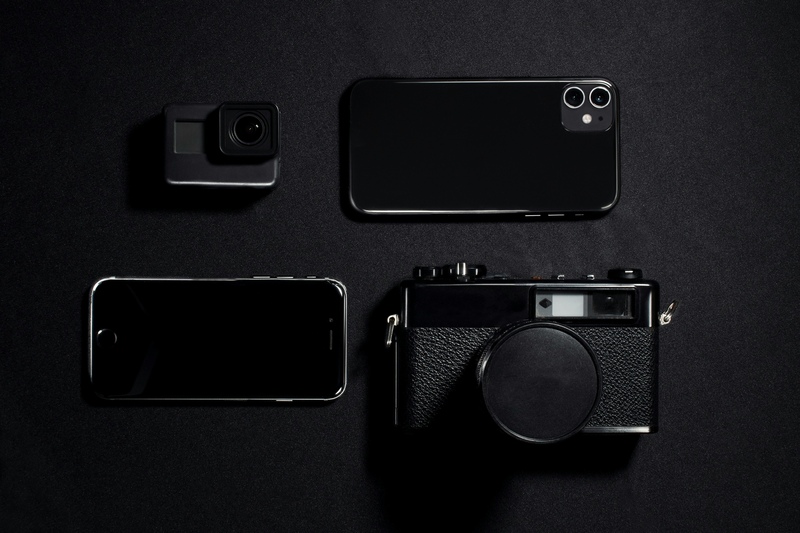
Source: Unsplash|Alan Quirvan
Taiwan is one of the most connected destinations in Asia, with a strong reputation for digital convenience and tech accessibility. Whether you’re working remotely from a café, uploading travel photos from your hotel room, or navigating mountain trails with Google Maps, you’ll rarely find yourself without a place to recharge. Across the island—from Taipei’s modern skyline to the tranquil beaches of Kenting—charging options and free Wi-Fi are widely available. However, understanding where and how to charge efficiently can make your trip smoother, especially during long sightseeing days.
Hotels and Hostels
🏨 Hotels in Taiwan are generally well-equipped to meet the needs of international travelers. In mid-range and luxury hotels, you’ll typically find two to four accessible outlets near desks, bedside tables, and bathroom counters. Newer establishments, such as those in Taipei’s Xinyi District or Taichung’s Calligraphy Greenway area, often include multi-standard sockets that can fit both Type A and Type B taiwan power plug.
🏡 In hostels, power access can vary. Some budget-friendly dorms provide shared extension power strips with multiple USB ports. However, in older or rural accommodations (e.g., in Hualien, Taitung, or Nantou), outlets may be fewer and less standardized. Bringing your own universal adapter ensures that you won’t need to queue for communal charging spots during busy travel seasons.
💡 RTR Tip: Always pack a portable power strip with surge protection. It allows you to charge multiple devices overnight and share power easily if traveling in a group.
Cafés, Airports, and Public Areas
☕️ Taiwan’s café culture is vibrant and traveler-friendly. In Taipei, you’ll find countless spots that double as co-working havens, each with generous seating and charging availability. Popular café chains such as Louisa Coffee, Starbucks, and Fika Fika Café all provide free outlets, reliable Wi-Fi, and comfortable seating for working or relaxing between sightseeing stops.
✈️ Airports and major transit hubs also prioritize traveler convenience:
-
Taoyuan International Airport (TPE):
Every departure lounge and gate area includes multiple charging outlets and USB power ports. -
Taipei Songshan Airport:
It offers both USB and AC outlets in its departure hall. -
Kaohsiung International Airport and Taichung Airport:
Charging stations are usually located near waiting lounges and food courts.
🚇 Public areas like Taipei Main Station, Kaohsiung Station, and Taichung HSR Station also have free charging zones. Even some Taipei MRT stations—including Zhongxiao Fuxing, Beimen, and Nangang Exhibition Center—have recently introduced dedicated charging counters for commuters.
💡 RTR Tip: Always keep a USB-C to USB-A cable handy. Many public charging stations only feature USB-A ports, while newer devices rely on USB-C.
Tourist Attractions
Outdoor destinations in Taiwan are breathtaking, but they often lack access to outlets or charging facilities—especially in nature reserves and national parks. When exploring scenic spots like Sun Moon Lake, Taroko Gorge, Yangmingshan National Park, or Alishan Forest Recreation Area, plan to rely on portable power solutions.
A 10,000–20,000mAh power bank is a must for a long day-trip. It’s sufficient to recharge a smartphone 2–4 times or a camera once. For even longer adventures, consider solar-powered chargers—ideal for hikers visiting Hehuanshan or Yushan (Jade Mountain), where plug access is nonexistent.
Several popular attractions have started integrating public charging booths near visitor centers. For example:
- Sun Moon Lake Visitor Center (Yuchi Township, Nantou) offers charging ports near its rest area.
- Taroko National Park Visitor Center in Hualien has USB outlets available near the information desk.
- Alishan Railway Station and surrounding cafés have limited outlets, so charge devices before arrival.
💡 RTR Tip: Always keep your devices on battery-saver mode when hiking or photographing landscapes. Use airplane mode when no signal is available to extend battery life significantly.
Getting Around Taiwan with Charged Devices
Whether you’re navigating through busy urban centers or taking a scenic drive through Taiwan’s countryside, keeping your devices charged is crucial for convenience and safety. Smartphones have become the modern traveler’s compass—used for navigation, translation, booking rides, and capturing unforgettable moments. Luckily, Taiwan’s transportation infrastructure is modern, efficient, and increasingly equipped with power outlets and USB charging points.
Power Availability on Public Transportation
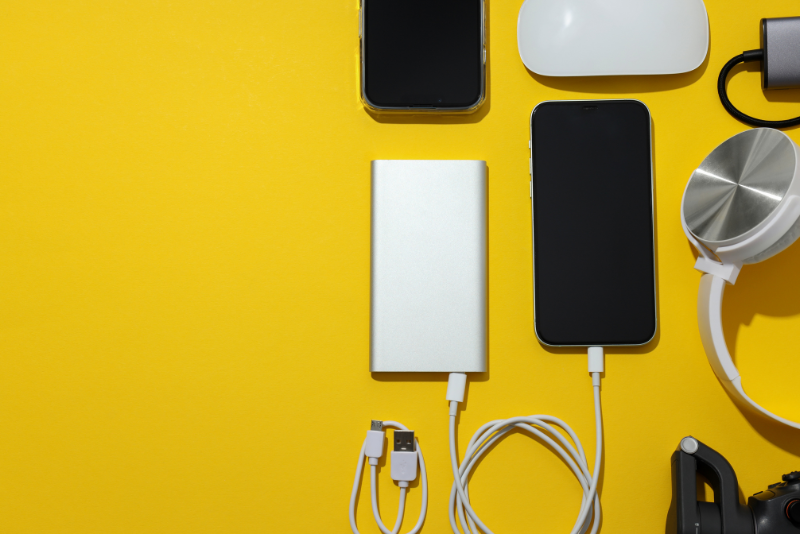
Source: Canva
🚄 High-Speed Rail (HSR):
Taiwan’s HSR is the fastest and most comfortable way to travel between cities. Every Business Class seat and many Standard Class seats feature 110V outlets located beneath the seat or between armrests. Onboard Wi-Fi is available on select trains, making it easy to work, stream videos, or plan itineraries during travel.
🚆 TRA Trains (Taiwan Railways Administration):
For regional trips, TRA express trains such as Taroko, Puyuma, and Tze-Chiang Limited Express provide USB charging ports and occasional 110V outlets. Regular local trains may lack these facilities, so pre-charging your devices before departure is wise. TRA has been upgrading its fleet, so newer trains often have USB-A or USB-C ports integrated into seatbacks.
🚌 Long-Distance Coaches:
Private intercity bus companies like Ubus, Kuo-Kuang, Ho-Hsin, and Aloha Bus frequently feature USB charging ports near seats, though availability varies by model. Long routes, such as Taipei–Kaohsiung (5–6 hours) or Taipei–Hualien, often use luxury buses with reclining seats and footrests, where USB ports and Wi-Fi are standard amenities.
🚇 Taipei MRT and Kaohsiung Metro:
While MRT trains themselves don’t have power outlets, several major MRT stations—including Taipei Main Station, Daan Park, Kaohsiung Formosa Boulevard, and Zuoying (HSR connection)—have charging areas and USB-powered seating zones. For convenience, carry a small power bank if you plan to spend the entire day exploring metro-connected attractions.
FAQs About Taiwan Electrical Plug / Outlet
Q1: What plug type does Taiwan use?
Taiwan uses Type A and Type B plugs, the same as in the United States and Japan.
Q2: What is the voltage in Taiwan?
The voltage is 110V at 60Hz, so make sure your device supports this before plugging in.
Q3: Can I use my U.S. laptop or iPhone charger in Taiwan?
Yes, U.S. electronics are fully compatible with Taiwan’s system.
Q4: Do hotels in Taiwan provide adapters?
Some mid-range and luxury hotels do, but it’s always safer to bring your own.
Q5: Can I buy adapters in Taiwan?
Yes. You can find taiwan adapter at 7-Eleven, FamilyMart, or electronics shops like E-life, Sunfar and Tsann Kuen.
Q6: Is Taiwan’s power stable and safe for charging electronics?
Yes, Taiwan’s power grid is stable and reliable. Just use certified adapters.
Q7: Can I use European hairdryers in Taiwan?
Only if they’re dual-voltage. Otherwise, you’ll need a converter.
Q8: Are USB ports common in Taiwan’s hotels and cafés?
Yes, many accommodations and modern cafés now feature USB charging ports.
Q9: Is it safe to leave devices charging overnight?
Yes, but use a surge protector for added safety.
Q10: Do trains and buses in Taiwan have charging outlets?
Yes, HSR and some TRA express trains have outlets; long-distance coaches may have USB ports.
RTR Editor’s Note – Staying Plugged In with Round Taiwan Round (RTR)
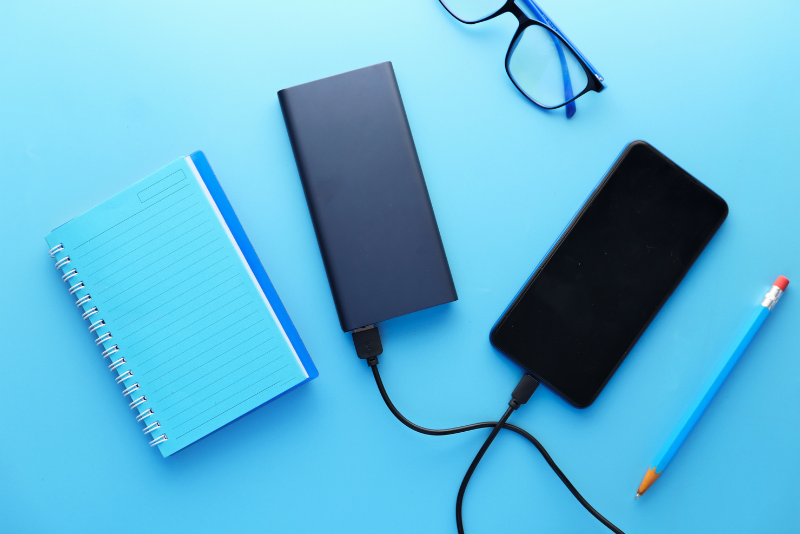
Source: Canva
At Round Taiwan Round (RTR), we’ve helped thousands of travelers navigate the island smoothly, and one of the most frequent questions we get is about plug and voltage compatibility. It might sound like a small detail, but the wrong adapter or a forgotten converter can cause big headaches on the road.
We once had a traveler from London who arrived in Taipei with three cameras and no suitable plug. After a frantic search at midnight, he found salvation at a 24-hour 7-Eleven, where adapters sell for around NT$150–300. Another guest from Japan noticed her hair curler wasn’t heating properly—it turned out to be a voltage mismatch, not a defect. Stories like these remind us that preparation saves frustration.
Our editorial team always travels with:
- One universal adapter (Type A/B compatible)
- One dual-voltage hair dryer
- One compact surge-protected power strip
- One 10,000mAh power bank
Over the years, we’ve tested hundreds of devices on the go—from USB-C chargers to travel routers—and Taiwan’s infrastructure has never disappointed us. Even rural destinations like Hualien and Taitung offer stable power and growing access to USB charging stations.
What truly sets Taiwan apart is its traveler-oriented design. Airports, cafés, and co-working spaces have free sockets, while public transit networks are increasingly integrating USB outlets. At RTR, we see this as part of the country’s hospitality—ensuring visitors stay connected, informed, and comfortable.
In short, Taiwan makes it easy for travelers to stay “plugged in”—literally and figuratively. With the right adapter, a good sense of preparation, and a touch of RTR guidance, your journey will be powered smoothly from start to finish.

